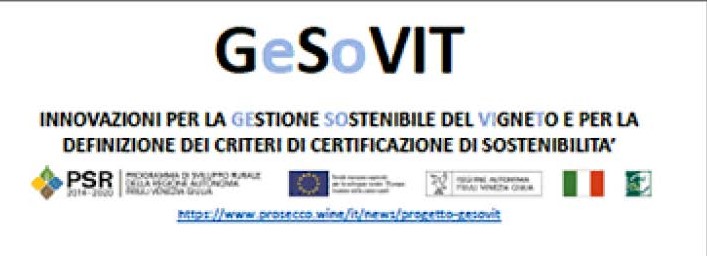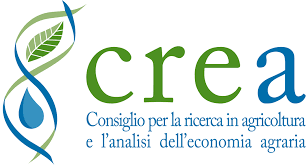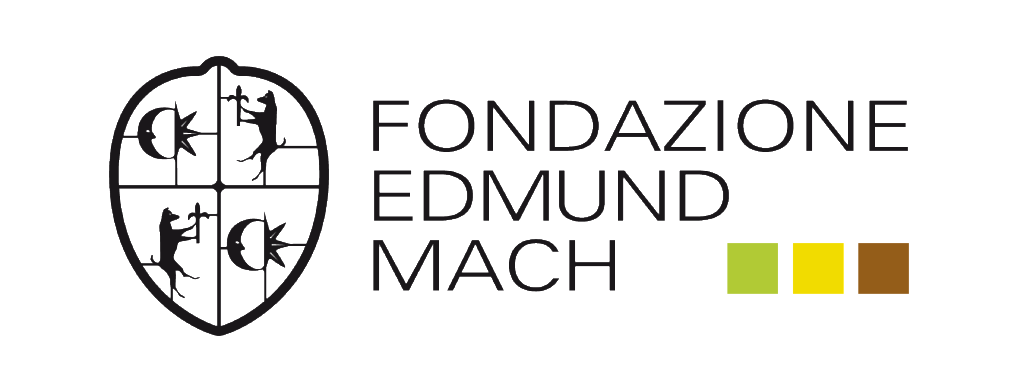Aromatic and polyphenolic quality of grapes and wines

Current changes in ecoclimatic indicators can lead to significant variations in vine phenology and grape ripening. Climate change modifies several abiotic factors (e.g. temperature, solar radiation, water availability) during the vine growth cycle, having a direct impact on the phenological stages of the vine, modulating the metabolic profile berries and activating the synthesis and accumulation of various compounds in the skin of the berries, with consequences on the composition of the grapes. The increase in average and extreme temperatures of the summer months, a major consequence of climate change, as well as changes in precipitation patterns during the ripening phase, lead to a higher sugar concentration and a general change in the acid profile of the grapes , but also to the modification of secondary metabolite profiles.
Therefore, in several wine growing areas, maturation occurs when the color and flavor profile can be affected, which in the wine results in a loss of typicality and expression of the terroir. Due to climate change, a shift is also noted between the different technological, phenolic and aromatic quality parameters, as they are regulated by different biosynthetic pathways and are therefore influenced differently. Significant variations observed in temperature and precipitation regimes or conditions of limited water availability. and high temperatures, which recently characterize the second part of berry development, can cause rapid development of individual berries during the hottest part of the season, which can harm secondary metabolites that determine color and aroma, therefore the quality of the grapes and the wine.
Solutions
Radiation and temperature
- Early exposure to light before veraison: carotenoids and flavonoids were among the compounds most affected by higher radiation levels. The fruit environment strongly regulates the production of carotenoids, flavonoids and early exposure has been shown to have a greater impact on their concentrations than treatments carried out during or after veraison. /li>
- Avoid defoliation during T° high: While higher carotenoids, flavonoids and selected free aromatic compounds were observed in defoliated treatments, therefore under higher radiation conditions, temperatures higher temperatures seem to have been detrimental to the adaptation of the berries. by limiting the production of these compounds and increasing their rate of degradation, further emphasizing the need to carry out activities such as defoliation when temperatures are still mild.
- Avoid clusters with extremely high T°. in the last stage of maturation: Previous research has indicated that microclimatic conditions, which vary with vintage, vineyard appearance and vine vigor, can affect the timing of peak concentration of norisoprenoid precursors while the high temperatures during the final stages of grape ripening, obviously. results in a decrease in total norisoprenoids. Extremely high radiation and temperature can have negative effects. Grapes are also prone to burns if exposed to direct sunlight, negative effects mainly free Terpenes, In aromatic varieties, in the event of over-ripening and possible wilting, favor the accumulation of terpenes in glycosidic form, which will be released slowly during aging. Leave a few extra leaves to protect the bunches
-
biostimulants, roofing products
In a context of climate change and excessive use of agrochemicals, sustainable approaches for environmental and human health such as the use of biostimulants in viticulture represent a potential option, against abiotic and biotic threats. Biostimulants are organic compounds, microbes, or a combination of both, that stimulate plant life processes, thereby enabling high yields and good quality products. The application of these natural compounds has effects on plant physiology, pathogen development and leads to diverse expression of plant genes responsible for triggering metabolic pathways and plant defense responses. In the vine, they can trigger an innate immune response leading to the synthesis of secondary metabolites, key compounds for the organoleptic properties of grapes and wine. Biostimulants can therefore improve the aromatic parameters of grapes, but their effect is different depending on the product, the frequency and timing of application, the chemical class of the compounds involved and the cultivar examined. /p> covering products such as Kaolin can protect the exocarp of berries from light stress
can improve polyphenolic and/or aromatic content: methyl jasmonate, absiscic acid, chitosan, yeast extract
Water stress
- avoid water stress: to preserve the free terpenes of Moscato  ; maintain correct grass cover under the row and in the row. In the sub-row if there is humidity leave more grass, if there is greater drought, remove it. The plant must feed on water in a balanced manner. Working the soil between the rows is another important aspect: for example to keep it soft when cutting the grass "shuffles" into the earth so that it becomes a nourishing element
-
increase the content of organic substance in the soil, and with the presence and abundance of mycorrhiza, that is to say a symbiosis between the roots and certain fungi, which function as an extension of the root system, or by a consortium of microorganisms
-
-
References
Mori, K., Goto-Yamamoto, N., Kitayama, M. and Hashizume, K. (2007). Loss of anthocyanins in red grapes at high temperatures. Journal of Experimental Botany 58, 1935-1945.
De Orduna, R.M. (2010). Effects associated with climate change on the quality and production of grapes and wine. Food Research International 43, 1844-1855.
van Leeuwen, C. and Darriet, P. (2016). The impact of climate change on viticulture and wine quality. Journal of Wine Economics 11, 150-167.
Asproudi, A., Petrozziello, M., Cavalletto, S. and Guidoni, S. (2016). Grape aroma precursors in the CV. Nebbiolo influenced by the microclimate of the vine. Food chemistry 211, 947-956.
Asproudi, A., Ferrandino, A., Bonello, F., Vaudano, E., Pollon, M. and Petrozziello, M. (2018). Key norisoprenoid compounds in wines from early-harvested grapes in the face of climate change. Food Chemistry 268, 143-152. doi: 10.1016/j.foodchem.2018.06.069.
van Leeuwen, C., Barbe, J.-C., Darriet, P., Geffroy, O., Gomès, E., Guillaumie, S., et al. (2020). Recent advances in understanding the effect of terroir on the aromas of grapes and wines. OENO One 54, 985. doi: 10.20870/oeno-one.2020.54.4.3983.
Monteiro, E.; Gonçalves, B.; Cortés, me; Castro, I. The role of biostimulants as attenuators of biotic and abiotic stresses in grapevine: a review. Plants (2022), 11,396
Cataldo E. Fucile M., Mattii G. B. Biostimulants in viticulture: a sustainable approach against biotic and abiotic stresses. Plant Review (2022), 11, 162. Colla G.; Rouphael, Y., Biostimulants in horticulture. Sci. Hortique. (2015), 196, 1-134
Written by Andriani Asproudi
updated 26/04/2024
Relations
- Network
- List
- Geolocation
- More
GeSoVit - Innovazioni per la gestione sostenibile del vigneto e per la definizione dei criteri di certificazione di sostenibilità ambientale per l'azienda vitivinicola
Adozione di nuove pratiche per una generale riduzione dell’impatto ambientale e protocolli propedeutici e funzionali per la certificazione di sostenibilità ambientale dell’azienda vitivinicola
- More
CREA - Consiglio per la ricerca in agricoltura e l'analisi dell'economia agraria
CREA is the leading Italian pubblic research organization dedicated to the agri-food supply chains. It is supervised by the Ministry of Agricultural, Food and Forestry Policies
- More
French National Research Institute for Agriculture and Environment- INRAE
First ranking research institute in agriculture in Europe, second worldwide agricultural science provider, the INRA conducts researches concerning major society stakes.
- More
GRAPE AROMA PRECURSORS IN CV. NEBBIOLO AS AFFECTED BY VINE MICROCLIMATE
Investigation of the influence that bunch microclimate may exert on the content of some C13-norisoprenoid precursors in Nebbiolo grapes cultivated in hilly vineyards in Piedmont, Italy.
- More
KEY NORISOPRENOID COMPOUNDS IN WINES FROM EARLY-HARVESTED GRAPES IN VIEW OF CLIMATE CHANGE
The link between grape ripening, seasonal trend and wine aroma was investigated in Barbera and Pinot Noir wines produced with early harvested grapes cultivated in Piedmont, Italy



